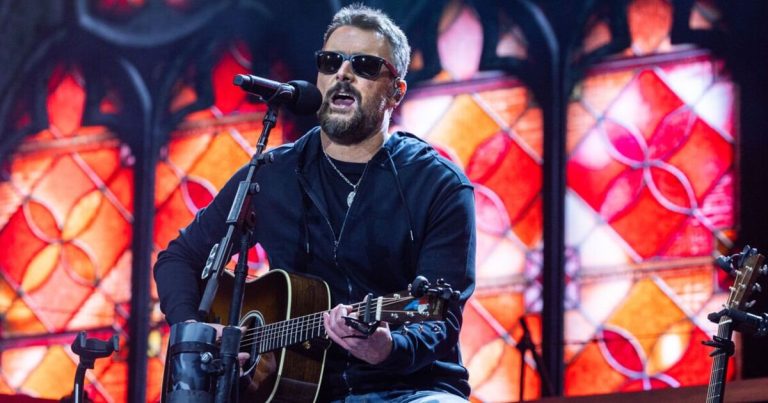
Older pensioners are struggling to survive the cost-of-living crisis as many get notably less income than younger pensioners who retired on the new state pension.
Both the basic state pension and new state pension increased by a record 10.1 percent in April. Yet what people get in practice depends on when they retired and how many National Insurance (NI) contributions they made.
There are two state pensions. The basic state pension is paid to those who retired before April 6, 2016, the new state pension goes to those who retired from that date.
Currently, the new state pension pays a maximum income of £10,600.20 a year to retirees who made 35 years of NI contributions while working.
By contrast, the basic state pension only pays a maximum of £8,122.40 a year.
To qualify, men needed to make 44 years of NI contributions, and women needed 39 years (reduced to 30 years for both from 2010).
Unsurprisingly, this leaves many older pensioners feeling shortchanged.
It’s a long-standing problem that I’ve highlighted on a number of occasions, including this article stating that Older pensioners feel ‘robbed’ as basic state pension pays £2,500 less than new one.
And it’s getting worse rather than better.
The picture is complicated because some on the basic state pension get more income, as it’s topped up by the State Second Pension (S2P) and state earnings-related pension scheme (Serps).
Men typically built up more additional state pension during their working lifetimes, while older women on the basic state pension often have none at all.
Yesterday, I highlighted a report suggesting that the new state pension could rise by £750 from April 2024, in line with this September’s inflation figure, which is expected to be around seven percent.
Under the triple lock, the state pension rises by either earnings, inflation or 2.5 percent, whichever is highest.
The triple lock is widely expected to remain in force for the 2024/25 tax year, but thereafter faces an uncertain future with a general election looming.
If next year’s state pension does rise by seven percent, this would lift the new state pension by £742 to a maximum of £11,342.
However, the basic state pension will rise by just £569 to £8,691 a year at most. That’s a hefty £2,651 less.
Currently, the new state pension pays £2,479 more than the basic state pension, so the gap between the two will have widened by £172 in just one year.
And it will continue to widen because while both pensions rise by the same percentage, the basic state pension starts from a lower base.
The two-tier system was introduced more than seven years ago but stirs passions today as millions feel helpless and abandoned.
READ MORE: Older pensioners fume as neighbours get £2,500 more state pension
Reader grayjaybee said the “cruel anomaly should be rectified immediately, indeed should never have been permitted to occur in the first place”.
Plenty of Express.co.uk readers feel the same way. Some of the tales of hardship I have received are heartbreaking, with one woman saying they wanted to scream when they see how much the new state pension is supposed to be, while they get much less.
The poorest can claim state pension top-up Pension Credit, but reader boardman56 pointed out that those who did the right thing built small amount of savings and private pensions may not even qualify.
Many commented that neither the old or new state pension gives them enough to live on as energy and council tax bills rocket.
That’s the underlying problem. Neither state pension pays enough income to live on comfortably and pitching pensioners against each other doesn’t help.
A DWP spokesperson has defended its position by saying that it will spend more than £110billion on the state pension this year, while the full basic state pension will be more than £3,050 a year higher than in 2010.
They added: ”The vast majority of pensioners who receive it also get additional income from either an occupational or private pension, if they were contracted out, or the additional state pension. In many cases, they will get a combination of the two.”
The DWP also said that under the new state pension, men and women should get similar amounts by the early 2040s, more than a decade earlier than under the old system.
The problem is that the early 2040s are a long way off, and millions are struggling to pay their bills in 2023.
And that’s getting harder regardless of which state pension they’re on.








